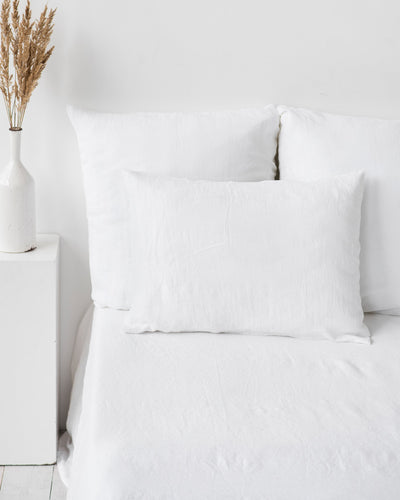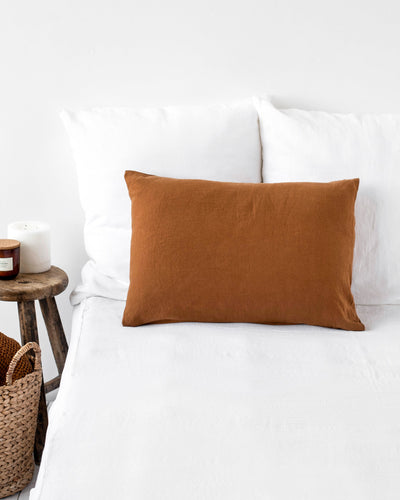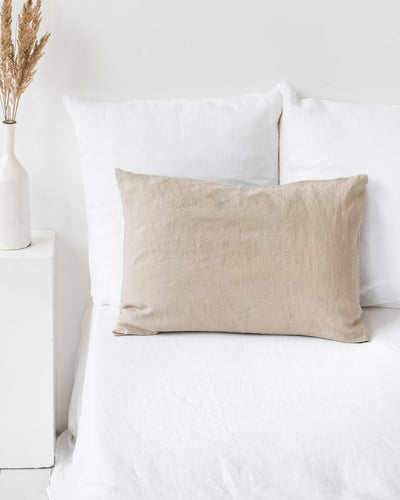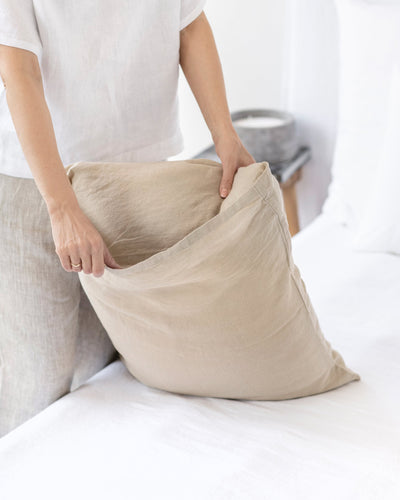What is
Linen
Interested in discovering the wonders of linen? Curious about its origins, how it's made, and why it has gained such popularity? You've come to the right place. As avid linen enthusiasts, we have immersed ourselves in the world of this incredible authentic fabric, and we're here to share our knowledge with you.
Let's start with the basics...
-
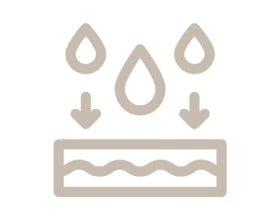
Linen is highly absorbent
Linen is made from flax fiber, which is hollow and absorbs moisture well. It can absorb up to 20% of its own weight in water before starting to feel damp. This is a highly desirable characteristic in towels, bath linens, bedding and clothing, too.
-
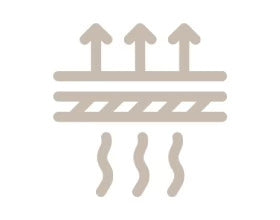
Linen is breathable
Besides absorbing moisture well, linen fibers are also able to release it fast. Flax allows for higher air permeability, so linen dries out quickly and doesn’t stick to the body. Linen is also a natural insulator, meaning it keeps you cool in the summer and retains heat from your body when it’s cold.
-
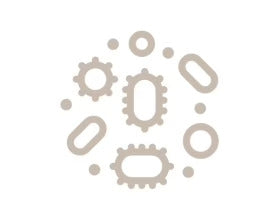
Linen is hypoallergenic
Linen has many health properties. Some claim it heals wounds faster and helps cure some skin diseases, such as eczema. Additionally, linen is hypoallergenic, so it’s perfect for those who have sensitive skin or suffer from allergies.
HOW LINEN IS MADE
As mentioned before, linen comes from the fibers of the flax plant. It was one of the first plants domesticated by humans and has lasted well into the 21st century due to its exceptional natural properties.
Cultivated primarily in cooler climates all over the world – from Western Europe to India and Pakistan – flax plant has a growing cycle of only 100 days. However, the journey from the humble flax seed to woven linen fabric is a laborious and complicated process, which explains why linen is considered a luxury item and comes at a higher price point compared to, for example, cotton (learn more about linen vs cotton).
So what does it take for our high quality linen fabric to be made?
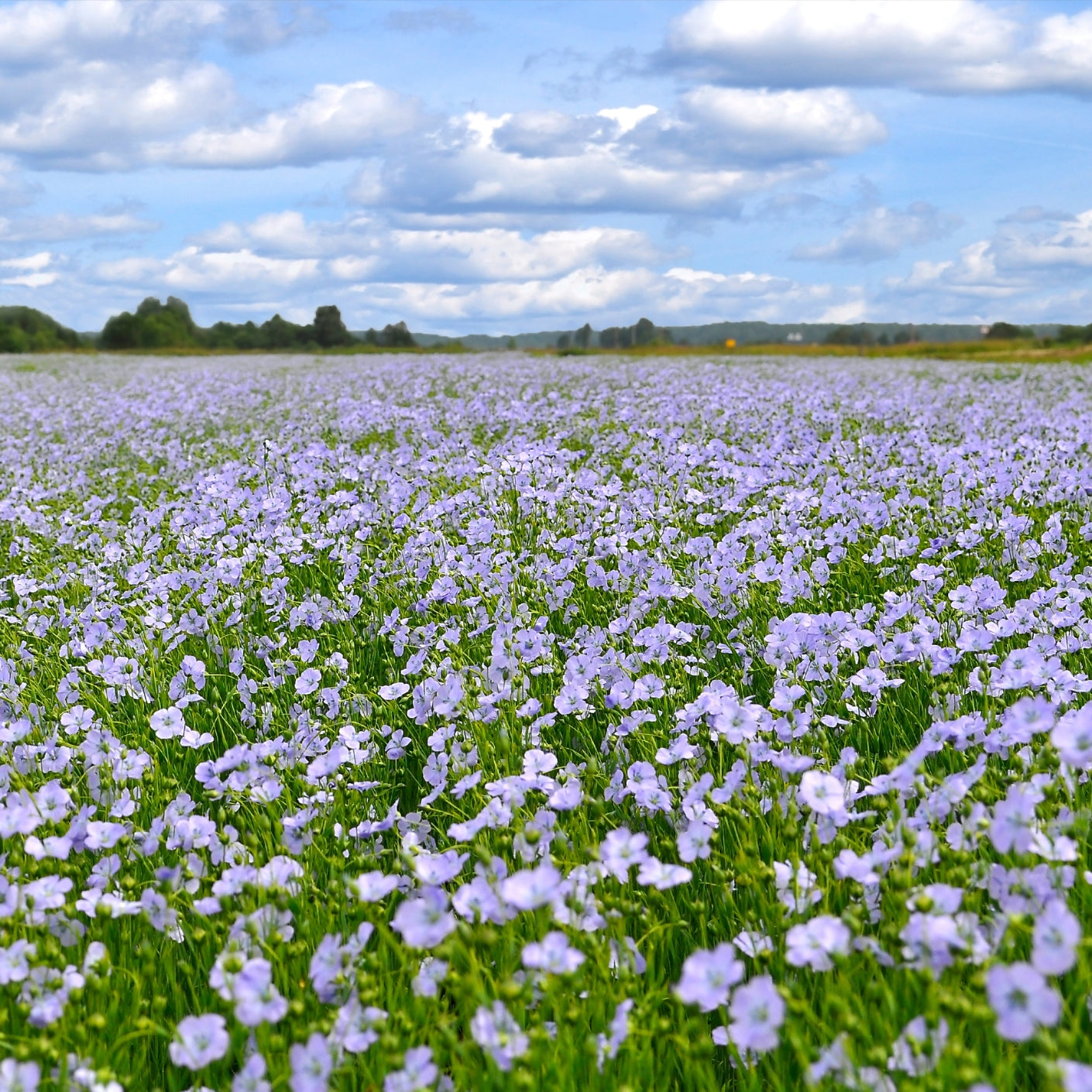
The process
1. FLAX BLOOMING SEASON
Linen is typically sowed in March and harvested in July. During that time, the flax plant goes through a magical transformation and peaks with an ephemeral bloom, when the whole field blossoms, turning sky blue for a single day.
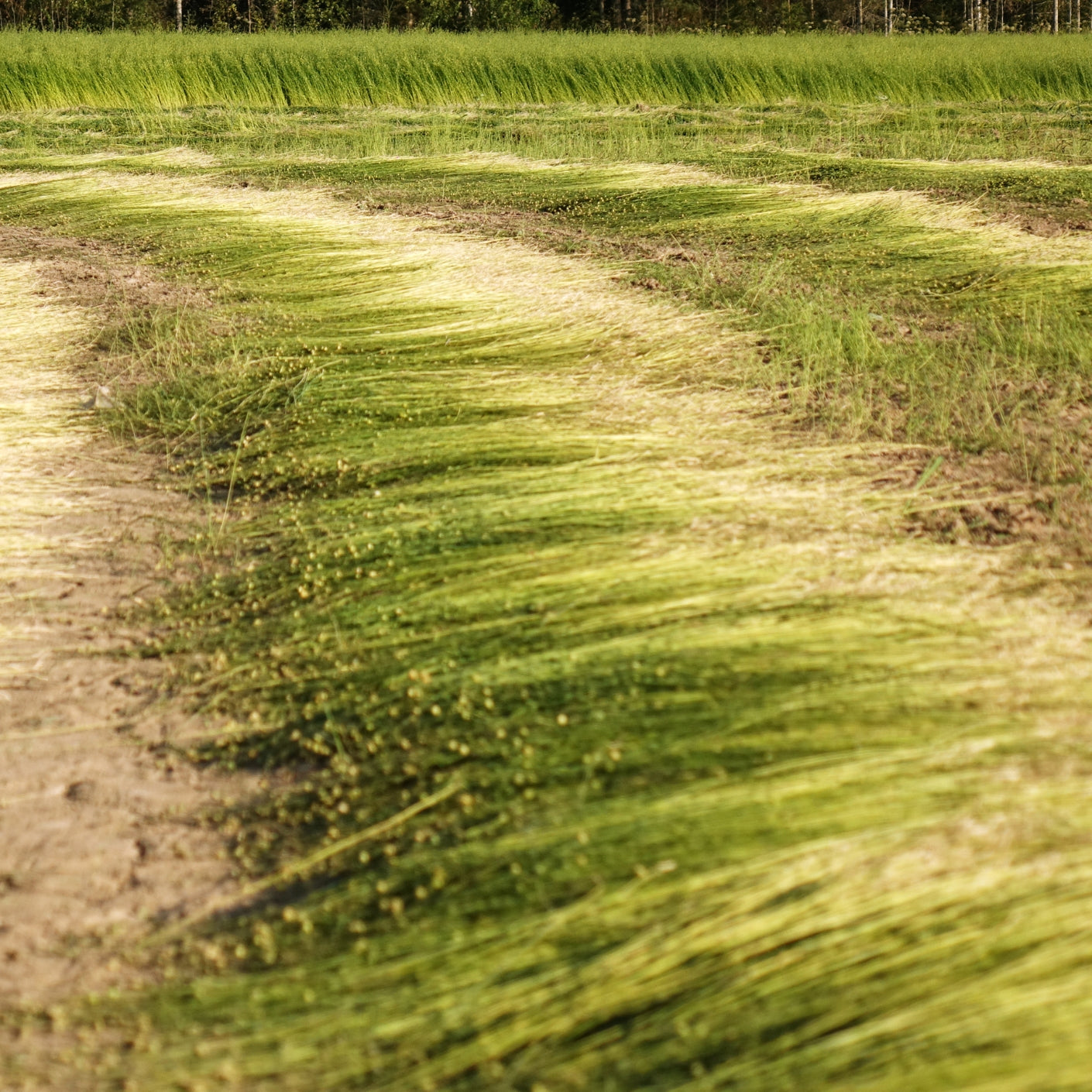
The process
2. FLAX HARVESTING SEASON
Once the bloom is over, the flax plant is harvested. Unlike most other crops, it cannot be mowed – flax has to be pulled up by the roots to maximize the length of the fibers, which will later be used to make a variety of different products.
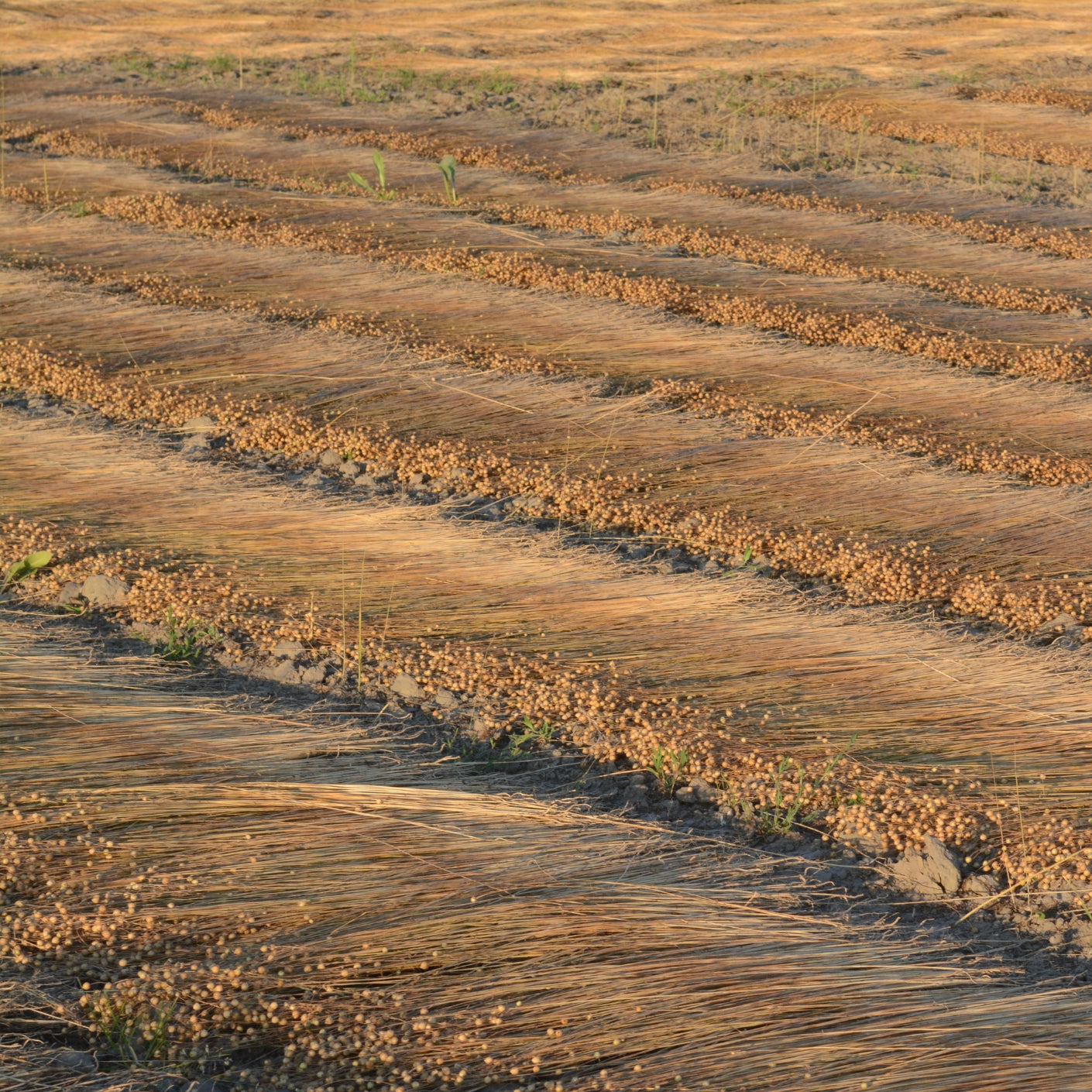
The process
3. FLAX RETTING PROCESS
Harvested flax then goes through a process called retting, which means exposing it to moisture to separate the fiber from the stem. The flax plant is soaked in water until existing bacteria breaks down the pectin holding the fibers together. This is a delicate business, because under-retting burdens the separation of the fiber while over-retting weakens it.
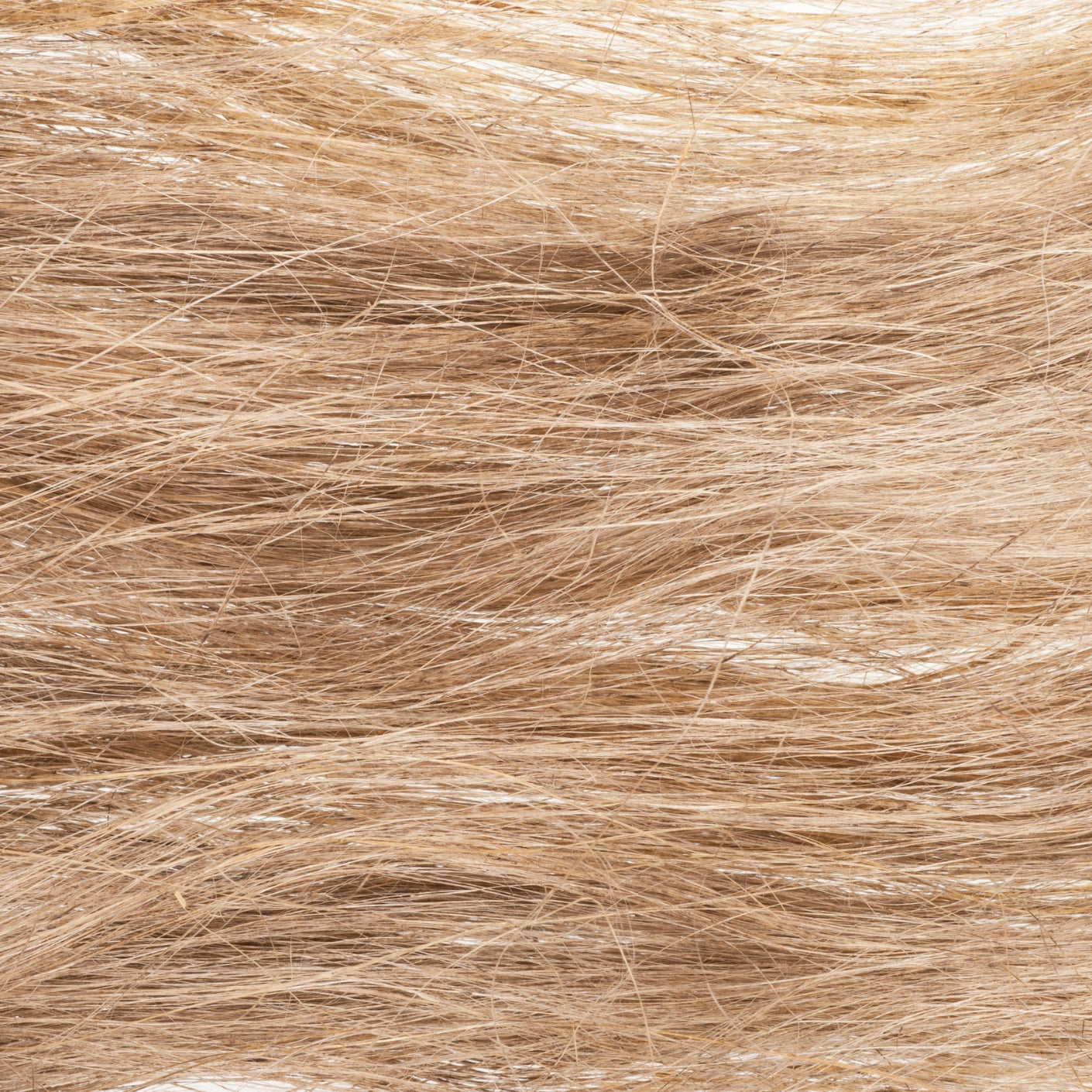
The process
4. FLAX SCUTCHING PROCESS
The plant then goes through another process called scutching, which separates the woody stem from the raw material – the flax fibers. Short coarse fibers are called ‘tow’ and are used to make paper, twine, and rope. The longer flax fibers called ‘line’ are used to create linen yarn that goes into clothing, bedding, and other high-quality textile products.
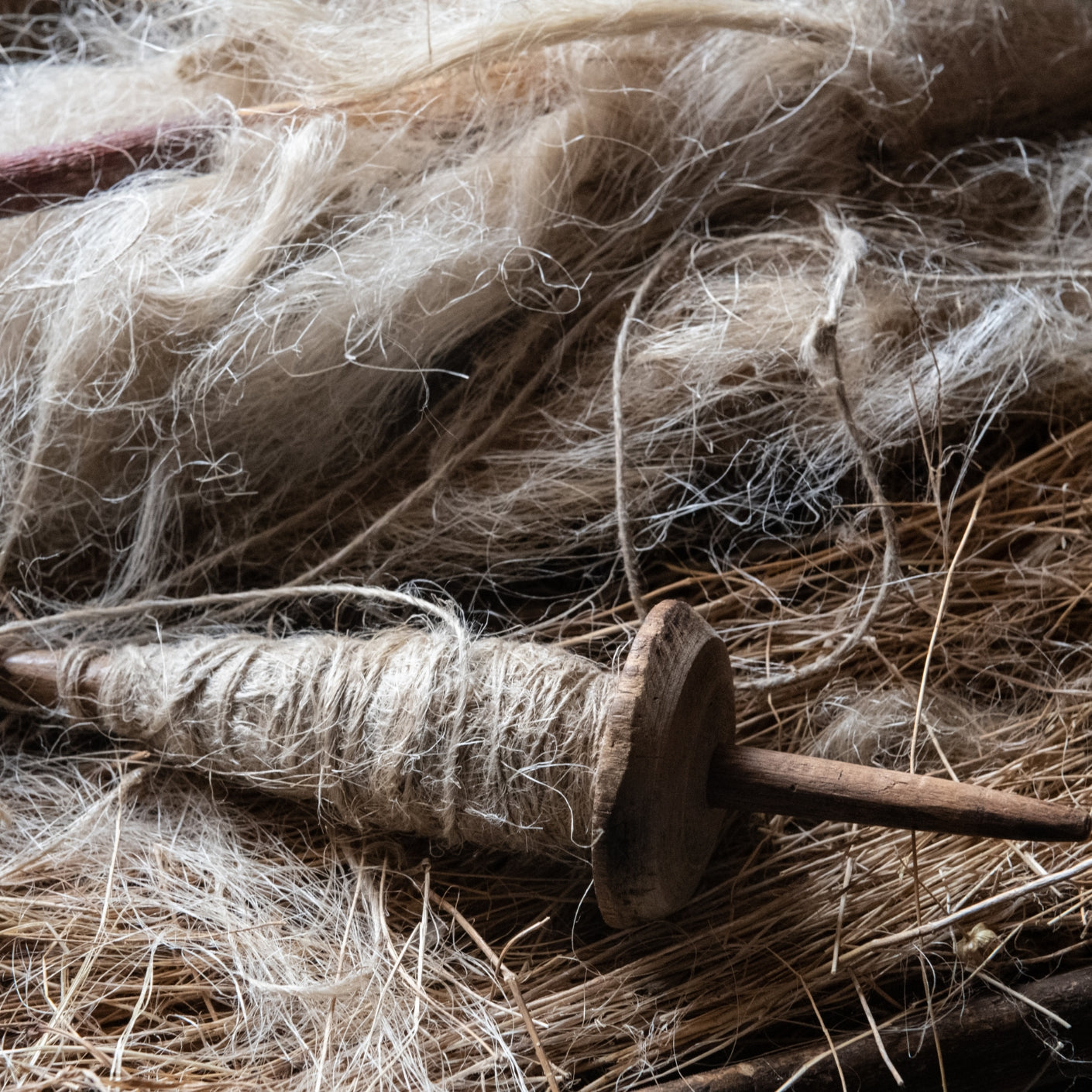
The process
5. LINEN SPINNING PROCESS
The next steps are spinning the linen fiber and weaving linen yarns into yards of fabric, which can then be bleached and/or dyed.
Our own linen is also stone-washed for maximum softness. It is a technique where stones, usually pumice or volcanic rock, are put in industrial washing machines together with the linen fabric and washed until the fabric takes on a soft, lived-in, supple feel.
 United States
United States
